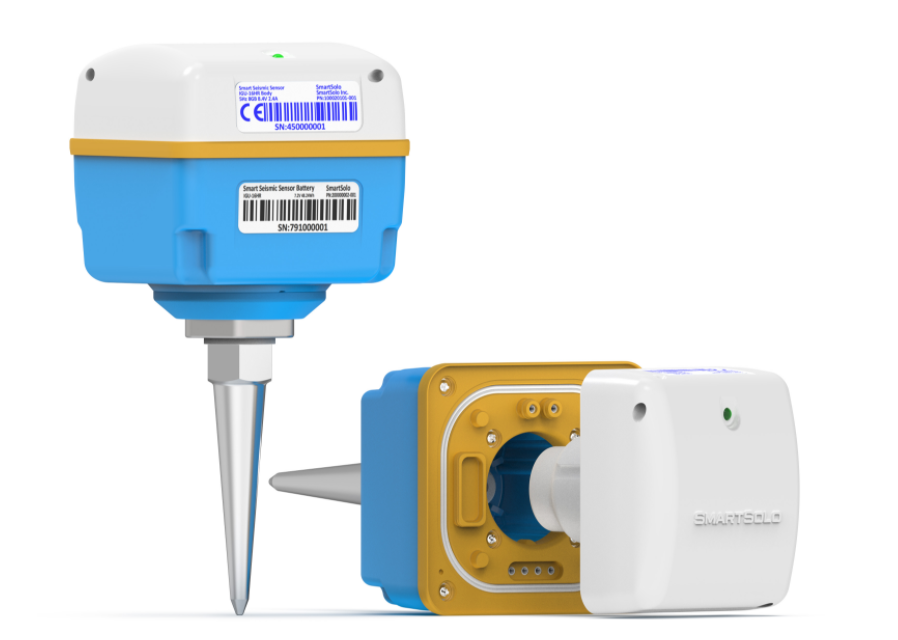What is seismic equipment?
Seismic equipment comprises a diverse array of instruments designed to study and analyze the vibrations and waves that propagate through the Earth, known as seismic waves. These waves provide valuable insights into the Earth's interior, from detecting earthquakes to mapping subsurface structures for resource exploration.
1. Seismometers: The Core Instrument:
1.1 Basic Functionality:
Seismometers, also known as seismographs, form the backbone of seismic equipment. These instruments are designed to detect and record ground motion caused by seismic waves, capturing the amplitude, frequency, and duration of the waves.
1.2 Types of Seismometers:
There are several types of seismometers, including:
Pendulum Seismometers: Utilize the swinging motion of a pendulum.
Force-Balance Accelerometers: Use feedback systems to maintain a mass at rest during ground motion.
Broadband Seismometers: Designed to capture a wide range of frequencies for detailed seismic analysis.
2. Seismic Sensors and Arrays:
2.1 Deployment in Networks:
Seismic sensors are often deployed in arrays or networks to enhance coverage and triangulate seismic events. These arrays may consist of dozens or even hundreds of seismometers strategically placed across regions.
2.2 Accelerometers for Structural Monitoring:
Accelerometers, a subset of seismic sensors, are frequently used for structural health monitoring in buildings, bridges, and other infrastructure. They provide insights into the impact of ground motion on structures.
3. Seismic Sources:
3.1 Controlled Sources:
For controlled seismic surveys, sources such as vibrators or explosives are used to generate seismic waves deliberately. This controlled approach is common in oil and gas exploration and environmental studies.
3.2 Natural Sources:
Natural seismic sources, such as earthquakes or volcanic activity, produce waves that can be detected and analyzed by seismic equipment. This passive monitoring approach aids in understanding natural Earth processes.
4. Seismic Data Acquisition Systems:
4.1 Digitizers and Recorders:
Seismic data acquisition systems include digitizers and recorders that convert analog signals from seismometers into digital data. These systems play a crucial role in recording and storing seismic information for subsequent analysis.
4.2 Telemetry Systems:
In remote or challenging terrains, telemetry systems enable real-time transmission of seismic data from field stations to central processing units, facilitating immediate analysis and response.
5. Reflection and Refraction Seismology Equipment:
5.1 Geophones and Hydrophones:
Reflection and refraction seismic surveys utilize geophones on land and hydrophones in water to detect and record waves reflecting off and refracting through subsurface structures. These surveys aid in geological mapping for resource exploration.
6. Downhole Seismic Tools:
6.1 Downhole Seismometers:
In geotechnical and geophysical applications, downhole seismometers are deployed in boreholes to capture seismic data at depth. These tools provide detailed information about subsurface conditions.
7. Applications of Seismic Equipment:
7.1 Earthquake Monitoring:
Seismic equipment is paramount in monitoring and studying earthquakes, providing data on their magnitude, depth, and location. This information is vital for early warning systems and understanding seismic hazards.
7.2 Oil and Gas Exploration:
Controlled seismic surveys using vibrators or explosives are widely employed in oil and gas exploration to image subsurface structures and identify potential hydrocarbon reservoirs.
7.3 Environmental and Engineering Studies:
Seismic equipment plays a crucial role in environmental and engineering studies, including landslide monitoring, groundwater exploration, and assessing the structural integrity of buildings and infrastructure.
7.4 Volcanic Activity Monitoring:
Seismic sensors help monitor volcanic activity by detecting seismic signals associated with magma movement and eruptions. This information aids in volcanic hazard assessment and risk mitigation.
8. Challenges and Innovations:
8.1 Noise Reduction Techniques:
Seismic equipment often contends with various sources of noise, including human activities and environmental factors. Advanced signal processing techniques and innovative sensor designs aim to minimize noise and enhance signal clarity.
8.2 Miniaturization and Autonomous Systems:
Advances in technology have led to the development of miniaturized and autonomous seismic equipment. These innovations enable deployment in remote or inaccessible areas, expanding our ability to monitor seismic activity globally.
Seismic equipment serves as a gateway to unlocking the Earth's secrets, providing invaluable information about its internal structure and dynamic processes. From earthquake monitoring to resource exploration and environmental studies, the diverse array of seismic instruments plays a pivotal role in advancing our understanding of the Earth's subsurface. As technology continues to evolve, seismic equipment will undoubtedly play an increasingly vital role in addressing scientific challenges and contributing to a safer and more informed world.


Comments
0